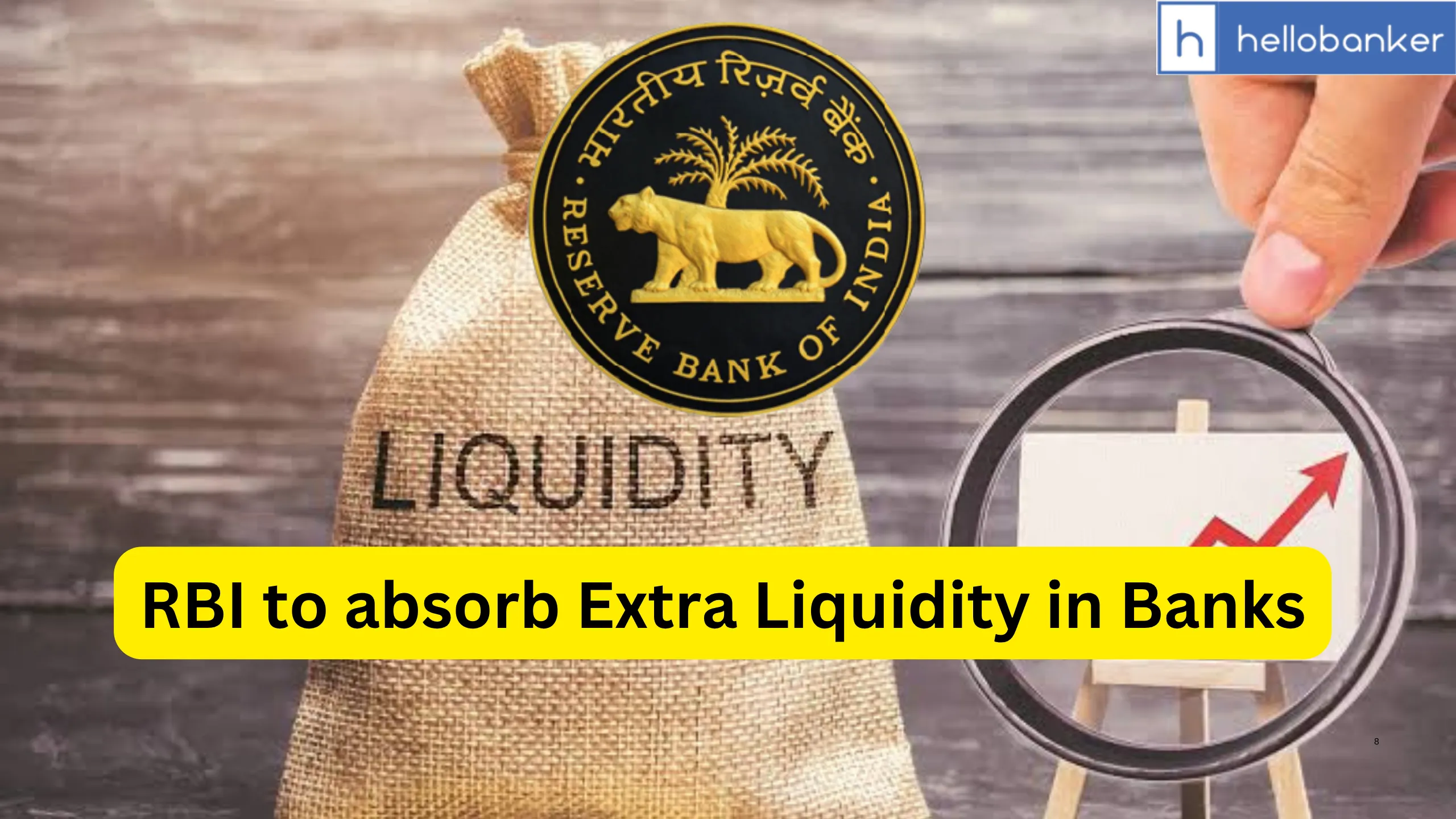The Reserve Bank of India (RBI) is expected to soon start using a special tool called the Variable Rate Reverse Repo (VRRR) to absorb extra money lying with commercial banks. This move comes after the RBI recently changed its policy stance to “neutral” and stopped conducting daily and 14-day repo auctions, which were earlier used to inject liquidity (cash) into the banking system.
Why is the RBI making this change?
The RBI wants to keep the short-term interest rates in the financial system, such as the overnight call money rate and TREPS (tri-party repo) rate, within a specific range called the Liquidity Adjustment Facility (LAF) corridor. This corridor ensures that money market rates don’t go too high or too low. Right now, these rates are falling too low, below the lower limit set by the RBI, because there’s too much surplus cash in the system.
To understand this better:
- The LAF corridor is a range where short-term interest rates should move.
- 5.25% – the lower end, called the Standing Deposit Facility (SDF)
- 5.75% – the upper end, called the Marginal Standing Facility (MSF)
- The policy repo rate is at the middle, at 5.50%
- But recently, rates like TREPS dropped to 5.16%–5.66%, which is below the SDF limit of 5.25%.
This creates confusion and instability in the market, because under a “neutral” policy stance, the RBI prefers interest rates to stay within this corridor.
What is VRRR and why is it helpful now?
The Variable Rate Reverse Repo (VRRR) is a tool used by the RBI to soak up excess liquidity from banks. Through this, banks offer their extra money to the RBI, and the RBI pays them interest for holding it temporarily. This helps pull back extra cash from the market, preventing short-term interest rates from falling too low.
In contrast, the Variable Rate Repo (VRR) is used when the RBI wants to add liquidity, i.e., give money to banks. Since the RBI no longer sees the need to inject liquidity regularly, it has stopped VRR operations, which suggests that there is already enough or excess money in the system.
What are experts saying?
Economists say that restarting VRRR auctions, especially for 7 to 14 days, would help bring back balance and ensure that rates stay within the desired range. Kaushik Das, Chief Economist for India, Malaysia, and South Asia at Deutsche Bank, said that VRRR would help keep interest rates from falling below the SDF rate and protect the structure of the LAF corridor.
What does the RBI say?
While RBI Governor Sanjay Malhotra has said that no final decision has been made yet about aligning short-term rates exactly with the repo rate, he acknowledged that starting VRRR again could help bring interest rates back in line.
Experts believe that even if VRRR is used temporarily, it will be a useful tool to show that the RBI is serious about maintaining its neutral stance and ensuring that interest rates behave in a stable and predictable way. This is especially important while the RBI monitors how effectively policy rate changes are being passed on to the broader economy and before it considers cutting interest rates in the future.
The RBI is likely to bring back VRRR to remove extra money from banks, keep short-term interest rates stable, and maintain discipline in the financial system, all while keeping its policy stance neutral.
